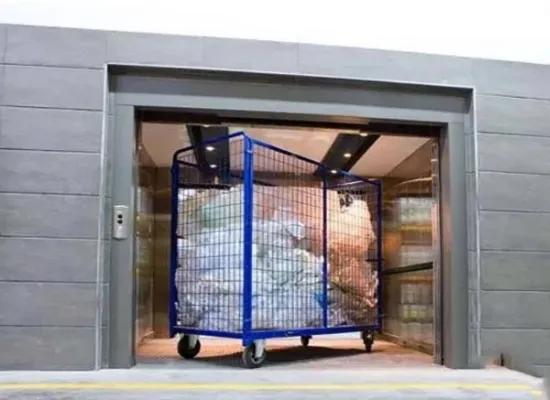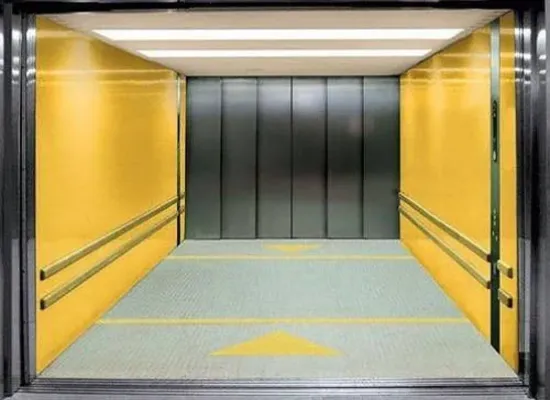Contact us today to discuss your project and experience the best in the industry!



Emergency Communication System: Install a reliable and easily accessible emergency communication system in the goods lift. This can include an intercom or an emergency button that allows users to contact help in case of an emergency.
Overload Protection: Implement an overload protection system that prevents the lift from operating if it exceeds its maximum weight capacity. This helps prevent accidents and damage to the lift.
Safety Sensors: Equip the lift with safety sensors that detect obstacles or obstructions in the path of the lift. These sensors can include infrared sensors or pressure-sensitive mats that automatically halt the lift's movement if an object is detected.
Door Interlocks: Ensure that the lift doors have interlocks that prevent them from opening if the lift car is not present or if it is not at the landing level. This minimizes the risk of accidents caused by accessing an empty shaft.
Fire Protection: Install fire protection systems in the goods lift area, including smoke detectors, fire alarms, and fire extinguishers. These measures help in early detection and prompt response to fire incidents.
Emergency Lighting: Provide emergency lighting in the lift car and surrounding areas to ensure visibility during power outages or emergencies. This helps passengers to safely exit the lift in case of a breakdown or other emergencies.
Established In
Sq.Ft Production Area
Cities
Lifts